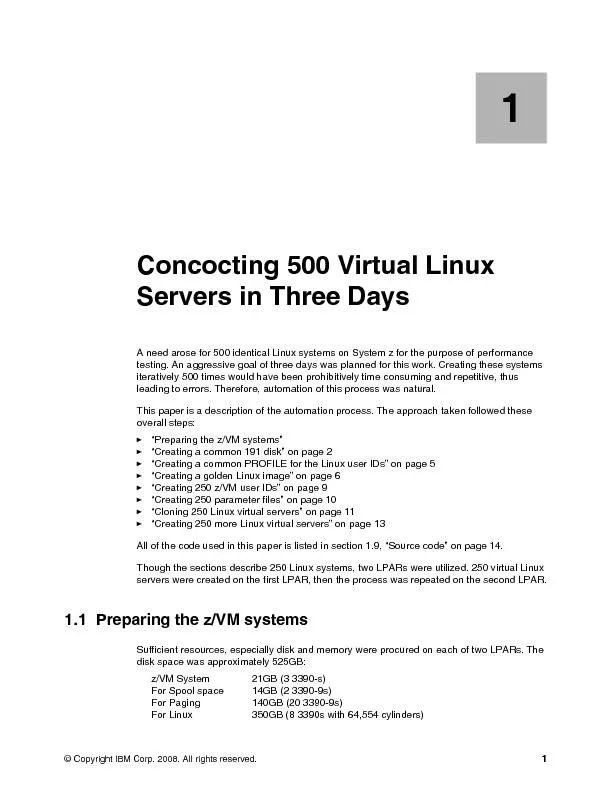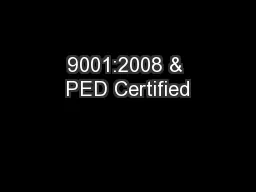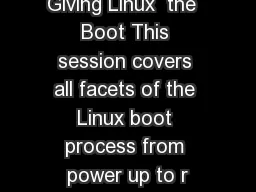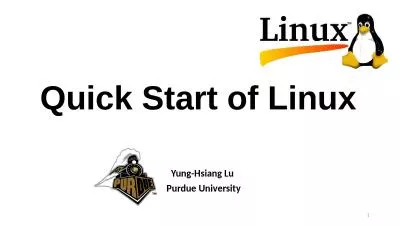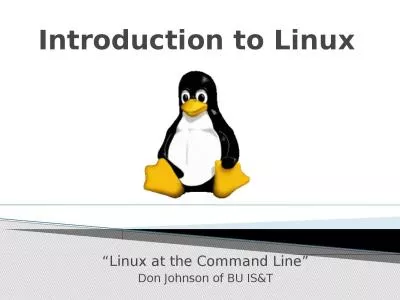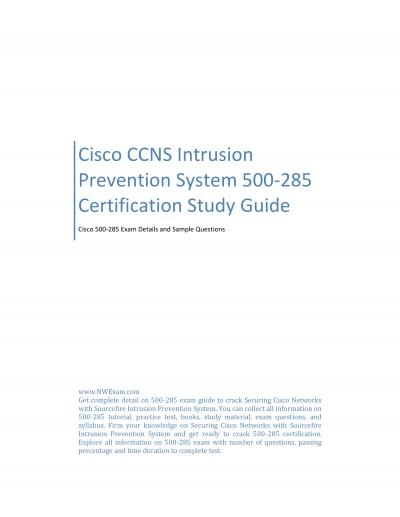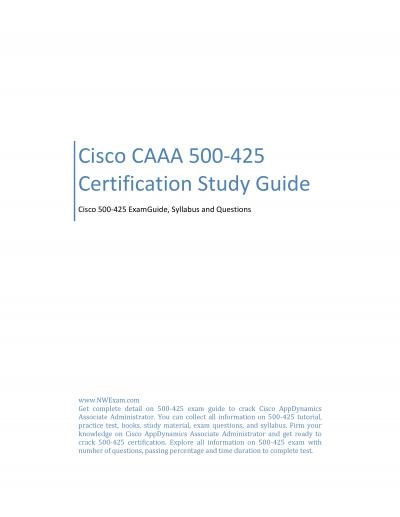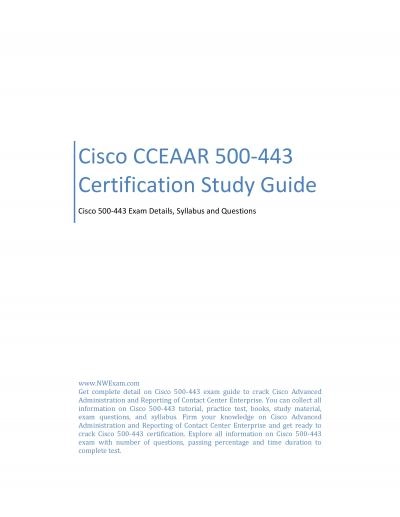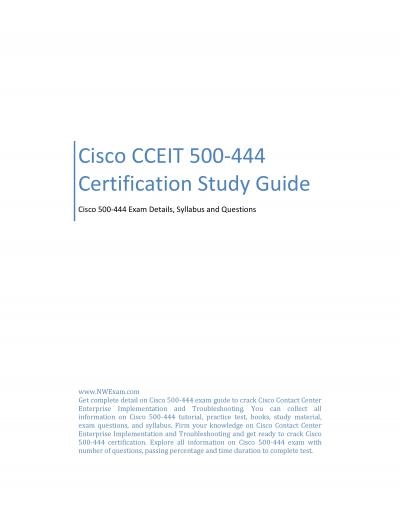PDF-Concocting 500 virtual Linux servers in three days
Author : celsa-spraggs | Published Date : 2017-03-21
1 Concocting 500 Virtual Linux ServersMemoryCentral14GBExpanded2GBzVM 54 was installed then DirMaint and RACF were configured DirMaint was set up with a disk pool
Presentation Embed Code
Download Presentation
Download Presentation The PPT/PDF document "Concocting 500 virtual Linux servers in ..." is the property of its rightful owner. Permission is granted to download and print the materials on this website for personal, non-commercial use only, and to display it on your personal computer provided you do not modify the materials and that you retain all copyright notices contained in the materials. By downloading content from our website, you accept the terms of this agreement.
Concocting 500 virtual Linux servers in three days: Transcript
Download Rules Of Document
"Concocting 500 virtual Linux servers in three days"The content belongs to its owner. You may download and print it for personal use, without modification, and keep all copyright notices. By downloading, you agree to these terms.
Related Documents

